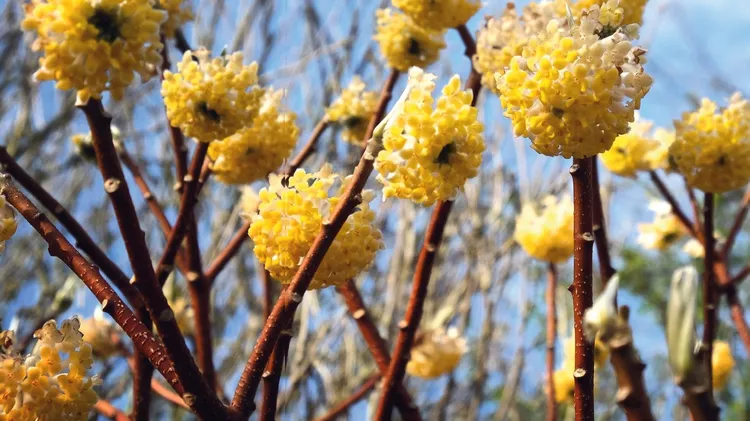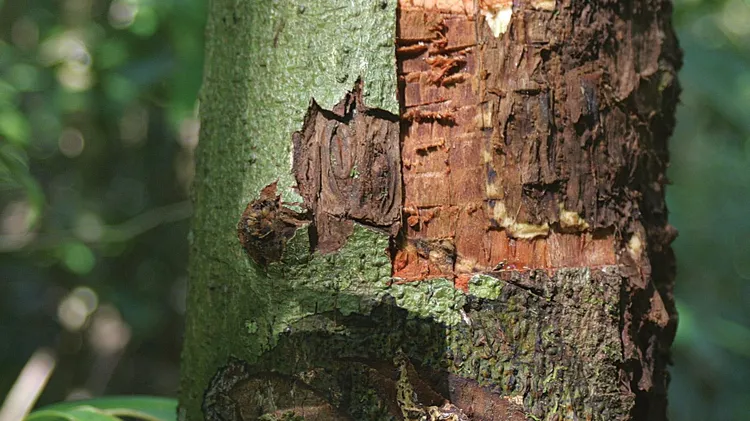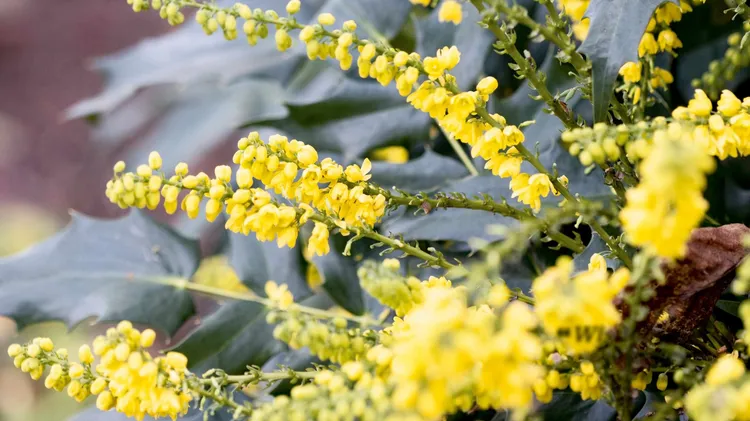A paradise for wildlife, this native climber’s ambrosial flowe
Hunt for heavenly honeysuckle
2 min read
This article is from...
Read this article and 8000+ more magazines and newspapers on Readly






